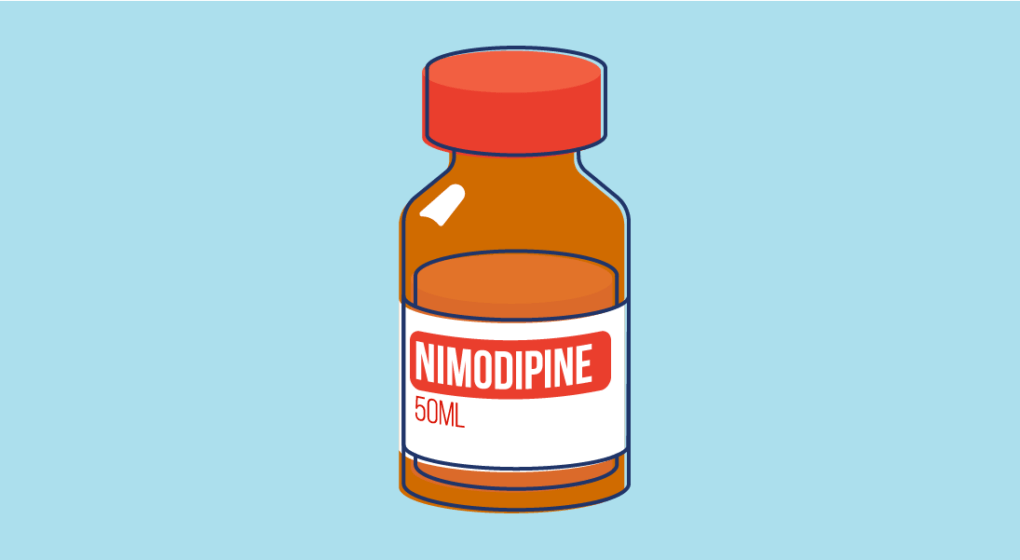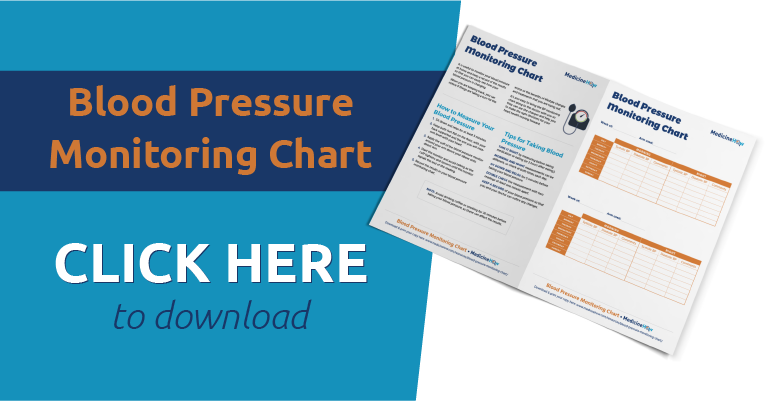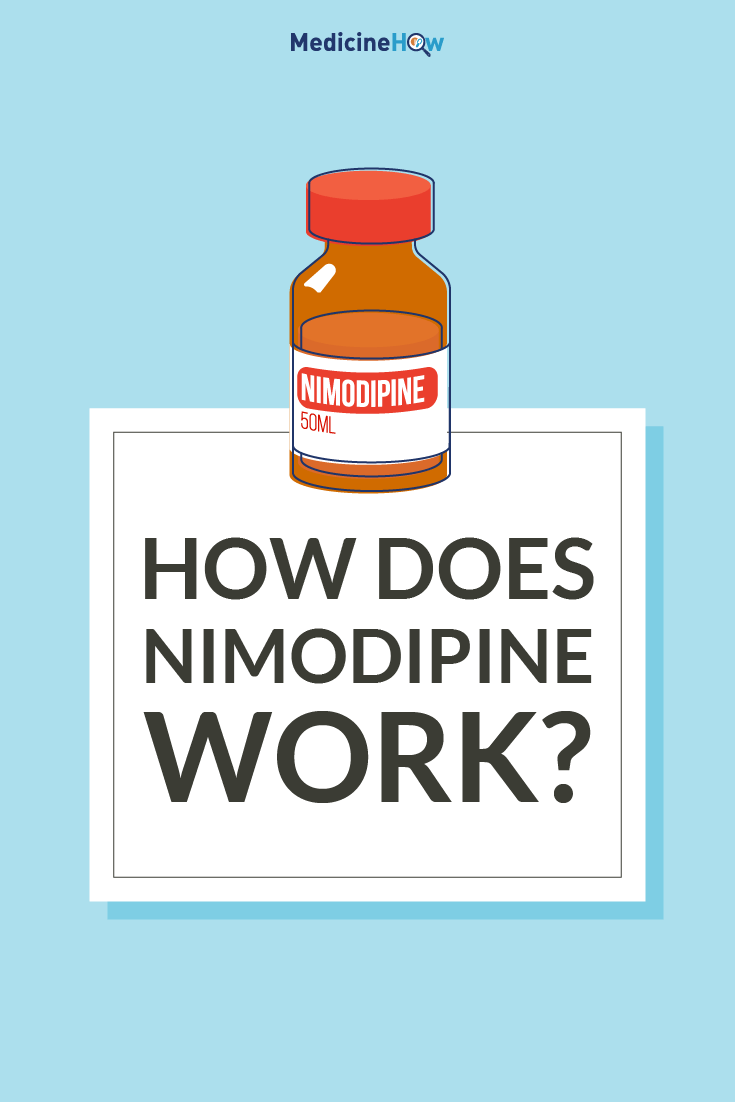
Nimodipine is a type of drug called a calcium channel blocker, which works by blocking the passage of calcium into cells in the body. It is usually used to prevent or treat ischemic neurological deficits after a subarachnoid haemorrhage.
Doses and Brand Names
![]() Nimodipine is the generic name, the name of the actual drug component inside your medication, which you might also know by the brand name, Nimotop. It is available in a tablet form with a dose of 30 mg.
Nimodipine is the generic name, the name of the actual drug component inside your medication, which you might also know by the brand name, Nimotop. It is available in a tablet form with a dose of 30 mg.
Alternatively, it is also available for emergency use to stop the formation of a blood clot as an injection with 0.2 mg/mL of nimodipine.

What type of drug is it?
![]() Nimodipine is a type of drug called a dihydropyridine calcium channel blocker. This is a drug class that helps us to group drugs that work in a similar way together. Other drugs in the same class are:
Nimodipine is a type of drug called a dihydropyridine calcium channel blocker. This is a drug class that helps us to group drugs that work in a similar way together. Other drugs in the same class are:
However, nimodipine is unique from the other drugs in this class, because it is usually used following a subarachnoid haemorrhage to prevent complications, rather than to manage hypertension.
What is it used for?
![]() There is a high risk of complications if you have recently had an aneurysmal subarachnoid haemorrhage. This is usually due to a blood clot forming that causes neurological damage.
There is a high risk of complications if you have recently had an aneurysmal subarachnoid haemorrhage. This is usually due to a blood clot forming that causes neurological damage.
Nimodipine is used to prevent vasospasm after this event, reducing the risk of this serious complication. In an emergency situation, it is usually given as an injection but it is also available as an oral tablet.
How does Nimodipine work?
![]() Nimodipine works by blocking the passage of calcium into the smooth muscles surrounding the blood vessels, which stop the muscles from contracting as they usually would.
Nimodipine works by blocking the passage of calcium into the smooth muscles surrounding the blood vessels, which stop the muscles from contracting as they usually would.
This action is useful to prevent ischemia, or the formation of a blot clot. Usually, the spasms of the blood vessels can sometimes cause a blood clot but nimodipine stops the spasms and reduces the risk of ischemia.
Side Effects
![]() Low blood pressure is a common adverse effect of nimodipine, which may lead to symptoms such as:
Low blood pressure is a common adverse effect of nimodipine, which may lead to symptoms such as:
- Headache
- Tiredness
- Dizziness
- Flushing
- Low heart rate
It can also sometimes cause retention of fluid in your body, making your ankles appear swollen, called peripheral oedema. For a full list of the adverse effects, you should see the information leaflet of the medication.
Cautions
![]() It is not always the best choice of drug and there are several cases when it should not be used. For example, they way it works leads to lower blood pressure, so it should not be used if you already have hypotension. Cerebral oedema is a serious complication that can affect some people when taking nimodipine, so signs for this should be checked throughout treatment.
It is not always the best choice of drug and there are several cases when it should not be used. For example, they way it works leads to lower blood pressure, so it should not be used if you already have hypotension. Cerebral oedema is a serious complication that can affect some people when taking nimodipine, so signs for this should be checked throughout treatment.
Cerebral oedema is a serious complication that can affect some people when taking nimodipine, so signs for this should be checked throughout treatment.

Drug Interactions
![]() When you take nimodipine together with other drugs the way they work can interact, changing their effect on your body. In particular, it can decrease your heart rate, which can be a problem when used with other medication that lower heart rate such as
When you take nimodipine together with other drugs the way they work can interact, changing their effect on your body. In particular, it can decrease your heart rate, which can be a problem when used with other medication that lower heart rate such as
In particular, nimodipine can decrease your heart rate, which can be a problem when used with other medications that lower heart rate. A classic example of this are beta blocker drugs but there are several drugs that may have a similar effect.
Pregnancy and Breastfeeding
![]() Nimodipine should be avoided if you are pregnant or planning to become pregnant soon because it can cause maternal hypotension and lead to insufficient oxygen supply to your baby.
Nimodipine should be avoided if you are pregnant or planning to become pregnant soon because it can cause maternal hypotension and lead to insufficient oxygen supply to your baby.
There is no evidence for its safe use in pregnancy or when breastfeeding, so it is not usually recommended.
Pin it!


